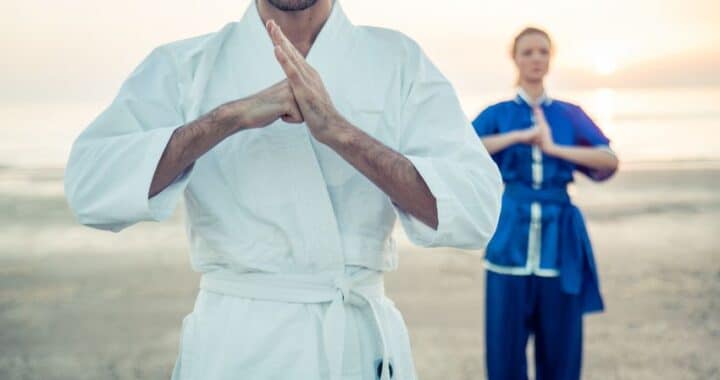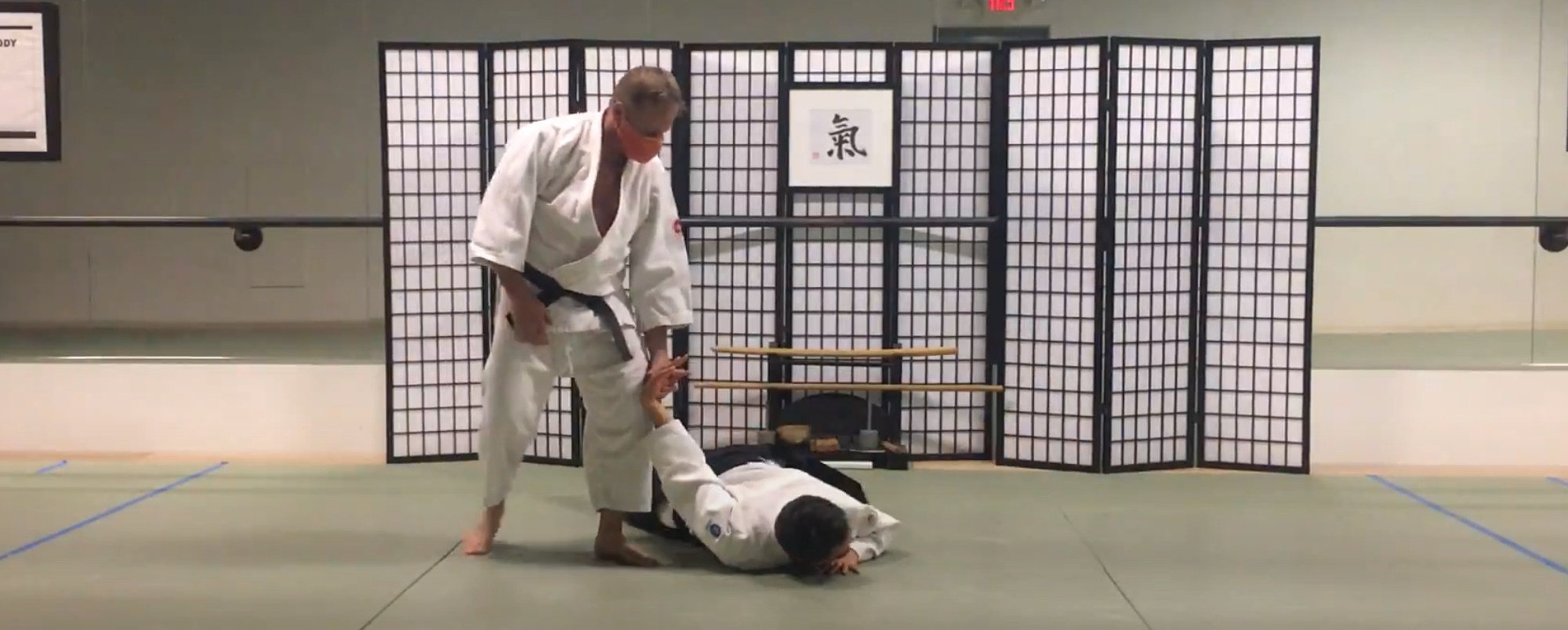The Complex History Behind Two Influential Martial Arts
Hapkido and Aikido have emerged as two of the most prominent martial arts in the modern era, garnering practitioners globally drawn to their rich histories and philosophies. However, the origins of these Korean and Japanese arts greatly differ and have shaped their contrasting approaches.
Hapkido’s Roots
Hapkido traces its turbulent beginnings to the early 20th century Korean peninsula, where a time of violent social upheaval and occupation by Japanese forces led Korean martial artist Choi Yong-Sul to develop a pragmatic form of self defense. After surviving grueling imprisonment in Japan where he observed techniques that would later influence Hapkido, Master Choi returned to Korea, vowing to create an art adapting traditional Korean kicking and striking with grappling methods learned abroad.
This genesis in instability and oppression contributes to Hapkido’s emphasis on real-world effectiveness and conditioning to unleash powerful self defense techniques. The style equally combines punching, kicking, joint manipulation and sweep throws to immediately neutralize any threat.
Aikido – Born in a Time of Peace
Alternatively, Aikido emerged in Japan during a relatively stable period in the early 1900’s under the guidance of Master Morihei Ueshiba. Having studied various styles like jujitsu and spear fighting, Ueshiba sought to create an art focused on harmony and redirecting aggression rather than destroying an attacker.
The name Aikido translates to “the way of harmonious spirit,” encapsulating Ueshiba’s belief that practitioners must strive to find peaceful resolutions, blending their energy with an opponent and using their movements against them. Aikido’s wrist locks, throws and utilization of momentum reflect this principle through fluid, circular motions focused on control.
Divergent Philosophies and Training
These contrasting origins inform Hapkido and Aikido’s differing philosophies, despite a shared reverence for life. Hapkido believes in decisively stopping threats with minimum harm. Aikido sees resolve through mutual understanding, exploiting weaknesses in attacks instead of muscles.
This translates to intense fitness and targeting vital areas in Hapkido training compared to Aikido’s emphasis on coordination, calmness and repetitive flowing movements. Yet both arts instill focus and self-discipline in students.
Finding Your Truth Among the Techniques
In techniques, Hapkido’s kicks, strikes, locks and throws aim to promptly halt any danger through blunt force traumatizing limbs or vital organs. Aikido uses subtle body manipulation and redirection of motion to neutralize threats without injury. Despite differences, these arts ultimately teach key concepts of self defense while building character.
Your attraction to Hapkido’s diverse, aggressive techniques or Aikido’s elegant resolutions may organically arise from experiences and inclinations within. By exploring, comparing and contrasting, uncover which resonates as your truth. While their origins may contrast, both provide invaluable skillsets if applied with wisdom.




